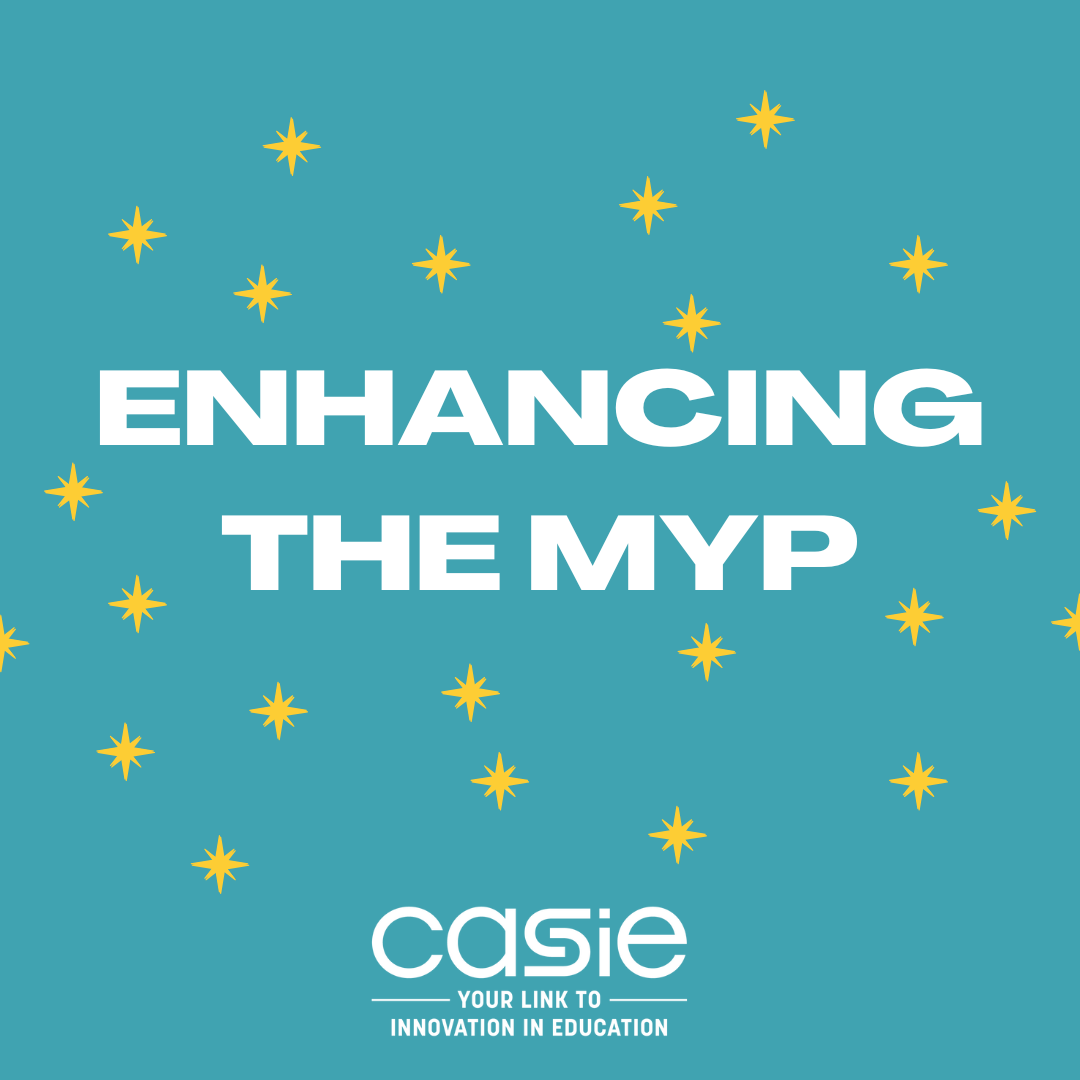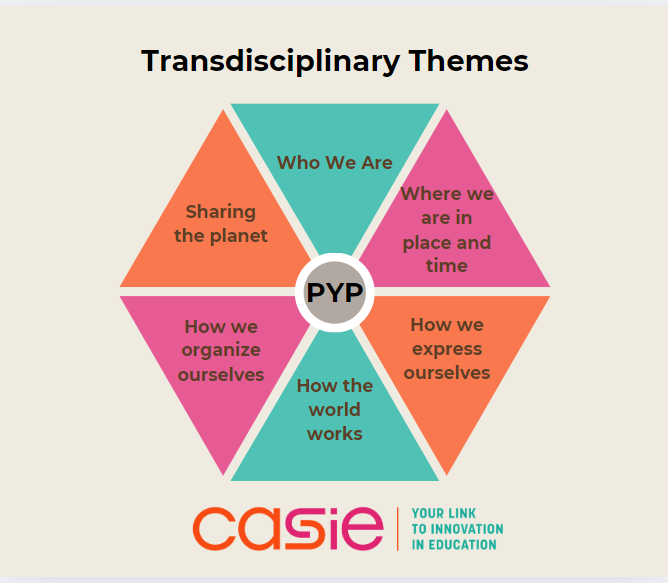Updated: Oct 2, 2023
“Reflection is a central feature of experiential education and serves the function of solidifying connection between what a student experienced and the meaning/learning that they derived from that experience.” (Denton, 2011)
The final element of the Australian Curriculum model for increasing the integration of intercultural understanding into the school’s curriculum is reflecting on intercultural experiences and taking responsibility. Three actions are posed as possible steps to take for engaging students in the process of reflecting on others’ and their own intercultural experiences. Those steps are outlined as follows:
-
Inquiring about elements of our common humanity
-
Implore strategies that allow for all to reflect and share thinking in differentiated ways
-
Sharing of own experiences
Inquiring into curiosities about elements of our common humanity is one place one could use as a spark to provoke students to reflect on their own and others’ intercultural experiences. A collection of art, pictures, videos, celebrations, games, or excerpts from literary works or music could ignite wonderings around what various cultures have in common. This curiosity would be paired with an agreement to strive for open-mindedness and a caring, respectful spirit.

Utilizing strategies to encourage critically thinking through those that student identified as commonalities between cultures could be impactful. Once the learners have questions formulated, they need pathways into explorations of those inquiries and to discovering new connections. Teachers can deploy questions, protocols, thinking routines, and other creative real-world activities as strategies to provoke critical thinking and empower students to reflect on and consider what responsibilities they would be interested in taking on as next steps in contributing to intercultural understanding.
The final suggestion is to share one’s own experience. This action raises the point that I have a story and so does everyone else. It stokes the fire of curiosity to further ignite a sense of interest in understanding the humanity of all people. This look into the topic of creating caring cultures through intercultural understanding began with this idea in the first of this blog series.
In the first post of this series, the Zulu greeting, “Sawubona” meaning, “I see you,” set the stage for thinking through how intercultural understanding could be infused into classrooms and curriculum. Sawubona acknowledges the worth, culture, dignity, and ancestry of individuals, creating a space to explore positive connections. It is hopeful that through the contemplation of the ideas presented, schools can imagine that by creating and implementing an action plan focused on recognizing culture and developing respect, interacting and empathizing, and reflecting and taking responsibility, schools can nurture a sense of Sawubona into the fabric of their school values, beliefs, and mission.
Author
-

Jill is the CASIE Director of Education. She has a Master’s degree in Educational Leadership from Clark Atlanta University and a Bachelor’s degree in Education from The Ohio State University. Her past work experience includes serving as a teacher, IB coordinator, assistant principal, associate principal, 12 years as a principal with the last 7 leading an IB World School, Executive Director of Academic Programs including all four IB Programmes, head of of Curriculum and Assessment for Marietta City Schools, and an IB Educator Network programme leader. She enjoys learning, reading, walking, spending time with her husband, daughter, son, daughter-in-law, and friends.
View all posts







